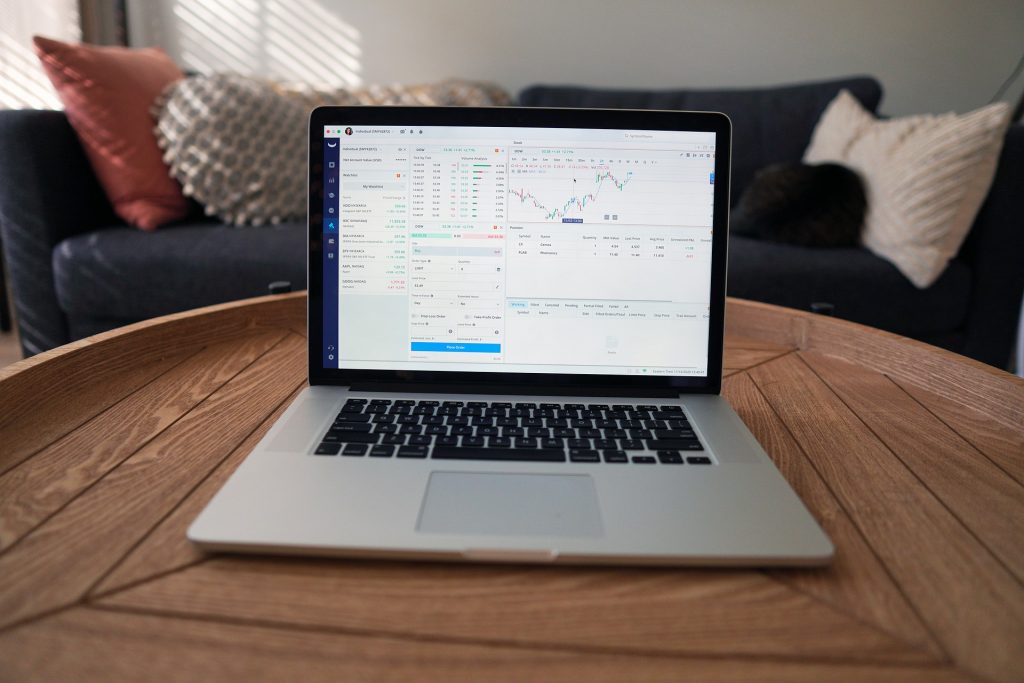Tracking stocks
An ETF is structured similarly to a mutual fund where money flows into the index like water flowing down a riverbed. A mixture of assets, such as stocks, bonds or derivatives, allows diversification to minimize risk while maximizing the fund’s investment return potential. However, unlike mutual funds, an ETF trades like a common stock on public exchanges throughout regular trading hours. One of the aspects of an ETF is tracking a specific index or commodity.
ETFs can also track bonds and currencies. An investor looking for broad exposure to international markets could purchase shares in Market Vectors – International Sovereign Bond ETF (NYSE: RWX). By investing in RWX, an investor can gain broad exposure to international markets through various sovereign bonds in many different countries. This fund aims to track the Barclays Capital International Treasury Bond Index Total Return (USD Hedged).
ETF vs mutual fund
The most commonly asked question when comparing ETFs and mutual funds is how often an ETF trades. Generally speaking, ETF shares can be traded intraday because they are bought and sold on the market just like a stock or common equity. You are only able to buy and sell mutual funds after the stock market closes at 4:00 pm. In addition, several ETF’s trade on the market throughout the day with a price based on net asset value (NAV), whereas mutual funds have a set price that is not always reflective of the underlying assets.
For example: If you own one share of an ETF and 100 shares are outstanding in total, this would mean that each share holds 1/100th or .01% of all assets held in the fund – valuable information to know if you hold multiple shares. To contrast this, one share of a mutual fund means that you own 1/3500th or .0028571428571% of all holdings. Because your risk is spread across many different companies when owning stock in an ETF, most investors choose to “own the market” through owning part of an ETF; rather than purchasing multiple individual securities.
Benefits and drawbacks
The most critical benefit of ETFs is that they are typically cheaper than mutual funds. Top-notch management with low fees provides exposure to asset classes with little to no effort on your part. For example, you can use an ETF to expose foreign markets just as quickly as exposure to the U.S. market. This would require several trades with multiple companies when investing in stocks or bonds directly. Mutual funds were created before the technology boom, and exchange-traded products (ETPs) like ETFs did not yet exist; due to their simple structure, there was not as much of a need for mutual funds to be as diversified as they are today. However, ETFs took off and now allow both individual and professional investors to monitor and trade their investments frequently with ease (and at a low cost).
One drawback to investing in ETFs is that there can be transaction costs involved when trading because you buy or sell your ETF just like a stock instead of only being able to trade them once per day after market close. On the flip side, this drawback becomes negligible if you have a brokerage account with meagre commissions. Another potential drawback is that many retail brokers charge commissions for purchasing ETPs. In contrast, most discount online brokers do not charge commission fees by default if you have an account balance greater than $10,000.
In conclusion
Overall, ETFs provide an easy way to invest in various asset classes and can be very beneficial for those with low capital or limited time and resources. Many brokerage accounts waive fees associated with buying and selling ETPs if a balance is greater than $10,000. This is something to consider when investing smaller amounts as commissions can quickly eat away at profits. For more information on ETFs, visit the website of your preferred online broker or read through sites such as Investopedia, which provides unbiased articles that help investors become better informed about their investments.

